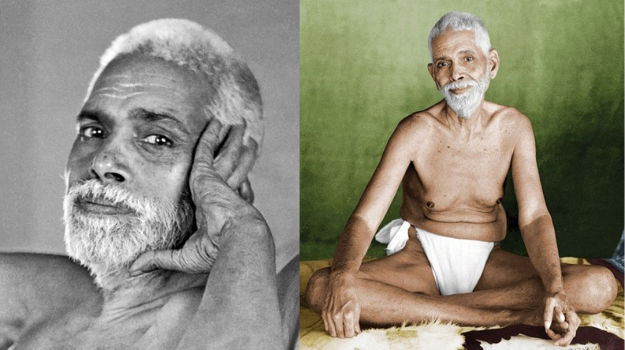
About a decade ago I began a research project on human desire. The goal of the project was to write a book on the subject, but I also had a hidden agenda in conducting my research: I was contemplating becoming a Zen Buddhist and wanted to learn more about it before taking the leap. But the more I learned about Zen, the less it attracted me.
Practicing Zen would require me to suppress my analytical abilities, something I found it quite difficult to do. Another off-putting aspect of Zen was that the moment of enlightenment it dangled before its practitioners was by no means guaranteed.
Practice Zen for decades and you might achieve enlightenment – or you might not. It would be tragic, I thought, to spend the remaining decades of my life pursuing a moment of enlightenment that never came.
Then something quite unexpected happened. As part of my research, I investigated what ancient philosophers had to say about desire. Among them were the Stoic philosophers – people like Marcus Aurelius, Seneca, and Epictetus – about whom I knew little. As I read them, I discovered that they were quite unlike I imagined they would be. Indeed, it soon became apparent that everything I “knew” about the Stoics was wrong.
They were neither grim nor wooden. If anything, the adjective that I thought described them best was “buoyant” or maybe even “cheerful.” And without consciously intending to do so, I found myself experimenting with Stoic strategies for daily living.
Thus, when I found myself in a predicament – being stuck in traffic, for example – I followed the advice of Epictetus and asked myself what aspects of the situation I could and couldn’t control. I couldn’t control what the other cars did, so it was pointless – was in fact counterproductive – for me to get angry at them. My energy was much better spent focusing on things I could control, with the most important being how I responded to the situation. In particular, I could employ Stoic strategies to prevent the incident from spoiling my day.
I also started making use of the Stoic technique known as negative visualization: I would periodically contemplate the loss of the things and people that mean the most to me.
Thus, when parting from a friend, I might make a mental note that this could conceivably be the last time I would see the friend in question. Friendships do end, after all, and people die suddenly.
Doing this sort of thing may seem morbid, but the practice of negative visualization is a powerful antidote to a phenomenon that will otherwise deprive us of much of the happiness we could be enjoying: negative visualization prevents us from taking for granted the world around us and the people in it.
Visualizing in this manner has the effect of resetting the baseline against which we measure our happiness, and it can have a profound and immediate effect on that happiness.
As the result of negatively visualizing, we might find ourselves taking delight that we still possess the things that only moments before, we took for granted, including our job, our spouse, our health – indeed, our very existence.
William B. Irvine is author of A Guide to the Good Life: The Ancient Art of Stoic Joy
William B. Irvine






